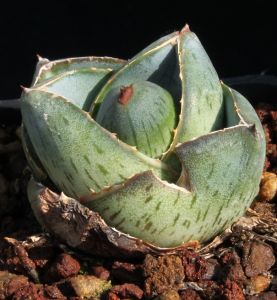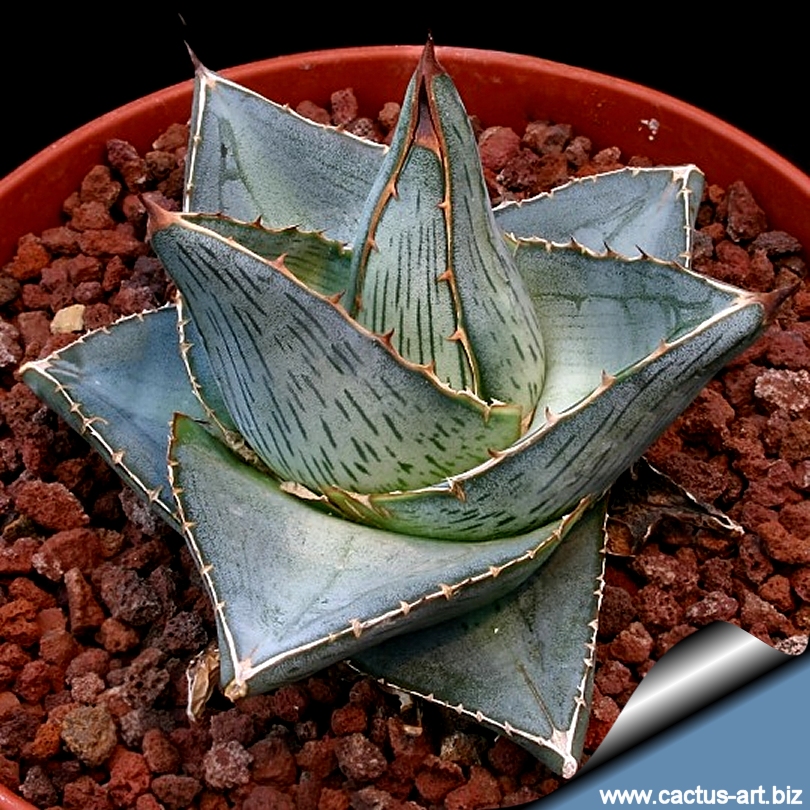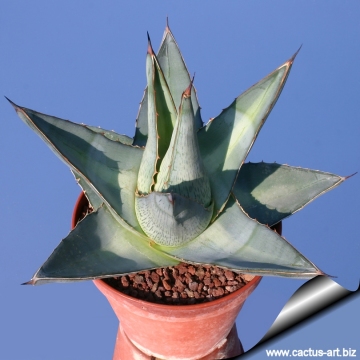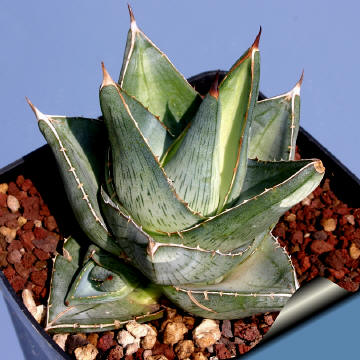-
x
Descrizione
|
Family: Agavaceae Scientific Name: Agave pumila De Smet ex J.G. Baker cv. "NANA" Taxonomy: This species is of unknown origin, with no registered type locality, and no observed inflorescence (at the time of publishing). The neotype was a plant growing in the Huntington Botanical Garden.
|
|
|
|
Description: This is a very compact form of the smallest Agave (Dwarf Century Plant ) beautiful but rare to find. Usually they stay as small as less than 12 cm tall and wide as a container grown specimens, however if planted out, in appropriate climes they get somewhat larger, tending to look more like Agave lechuguilla.
Cultivation: Agave pumila nana is a relatively easy-to-grow species but very slow growing. Need a very well-drained, soil. It must be provided with copious water in summer but allows to dry thoroughly before watering again. During the winter months, one should only water enough to keep the leaves from shrivelling. But heavy watering results in some leaf cracking. Suited for light shade to full sun, but better with some shade in summer. It is best to avoid freezing temperatures.
Propagation: Propagation exclusively by suckers (if available) which are found growing around the base of the plant, The growth and multiplication is very slow and the plants produce about an offset every five years. Remove the basal suckers in spring or summer and let the cuttings dry for a few days before inserting in compost or by seed.
|
|
It is thought that this plant produces only one basal shoot every five years, this justifies its rarity and cost. |
|
|
|
|




